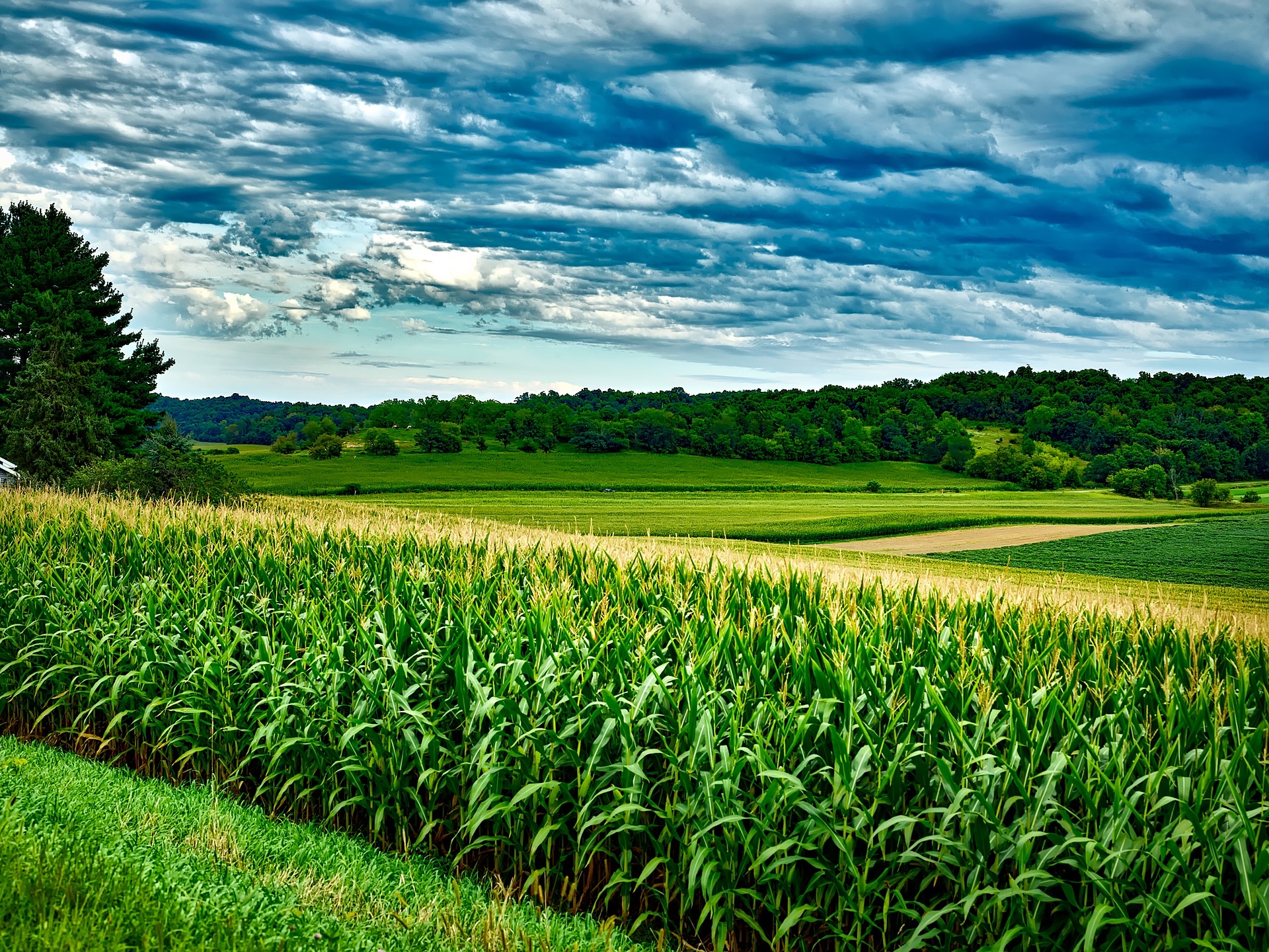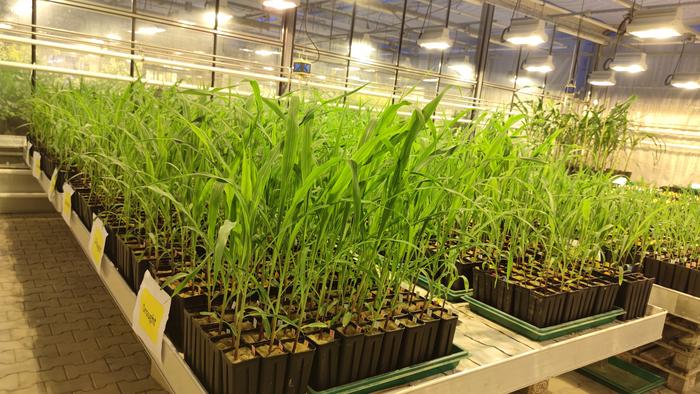When more air volumes in the roots of maize, the plant can more efficiently collect and use water and nutrients. With this, can come high yields. Hannah Schneider, an assistant professor at the Crop Systems Analysis group, discovered the ZmbHLH121 gene which regulated air volumes formation in the roots. Her results were published in the PNAS scientific journal according to a release.
The ZmbHLH121 gene is responsible for regulating the formation of air volumes in the roots of plants, or the root cortical aerenchyma. The spots are only air with no plant tissue and give the plant growing advantages according to Schneider.
“Air volumes make roots metabolically cheaper, because they replace living root tissue with air,” said Schneider. “The resulting metabolic savings can be used to grow more roots deeper into the soil to capture more water and nutrients, or grow more shoots or leaves.”
Schneider used the imaging technique laser ablation tomography with image analysis software for her research. The imaging showed how the gene controls the plant and its functions. This imaging technique is newer and because it was difficult to study the inside of plants before, the role of the aerenchyma did not receive a lot of attention.
By having a better understanding of the genetic control of root traits, breeding crops with better yields can be accelerated.
“The growing world population needs high-yield crops to produce enough food,” said Schneider. “Moreover, climate change and regulations on the use of fertilizer require the development of resilient crops that grow better with less water and fewer nutrients.”
Maize is a staple crop for feed production and food worldwide. By increasing yields, more people would be food secure. Schneider’s findings are important to more than just maize. “The gene has been discovered, confirmed and validated in maize, but these findings could be transferred to other species, like wheat, barley and rice,” said Schneider.
Schneider concluded, “This genetic tool can be directly incorporated in breeding programs to produce plants with increased aerenchyma formation that potentially are more productive in dry and infertile soils.”












